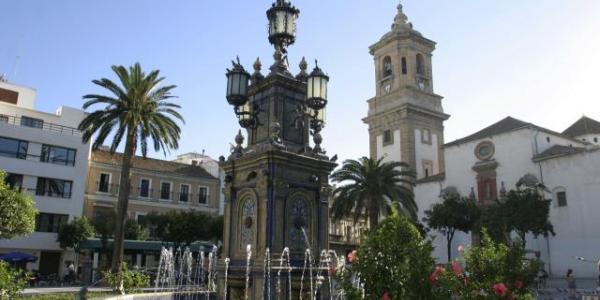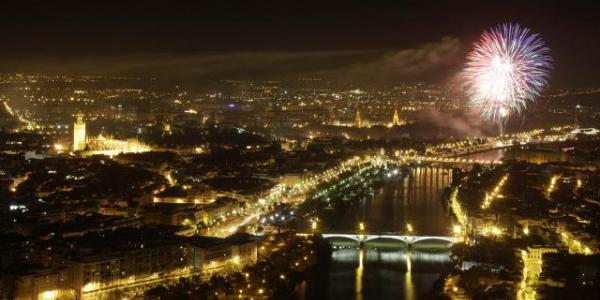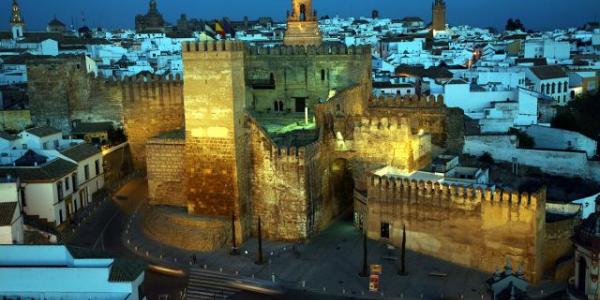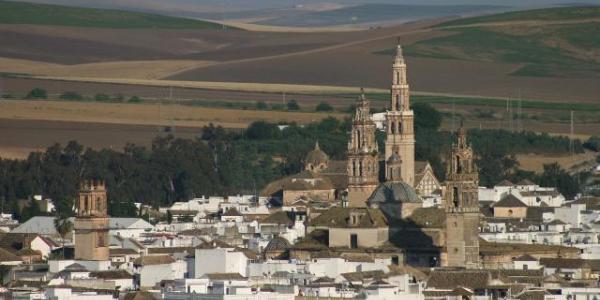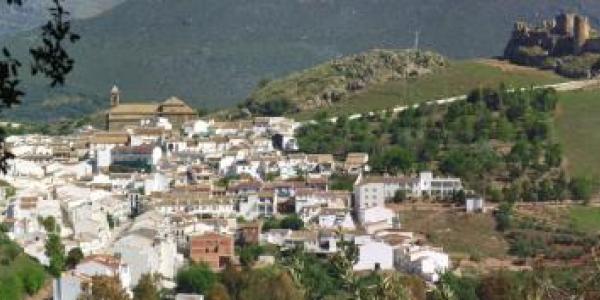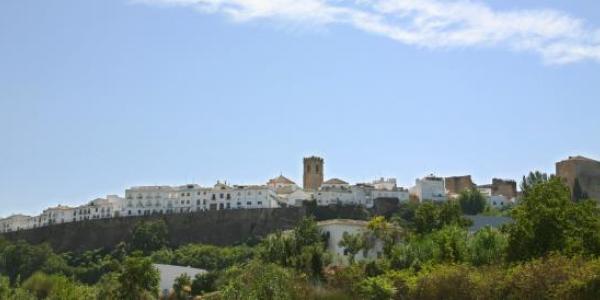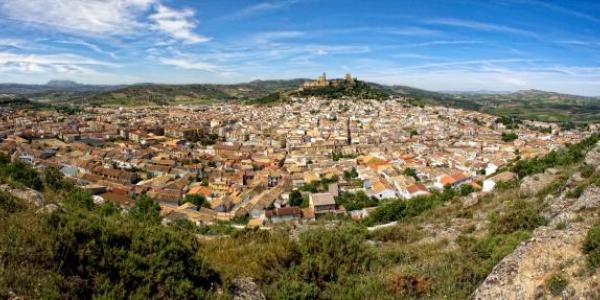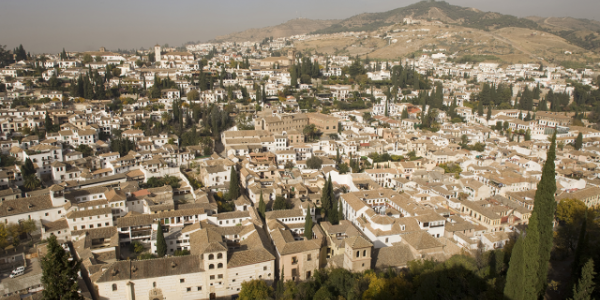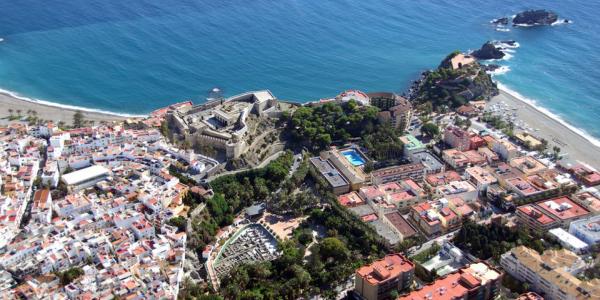El Aljarafe
The sudden elevation –as indicated by the Arab name as-Sharaf meaning hillock, hill– overlooking Seville from the west was one of the richest and most favoured outlying areas of al-Andalus. The poets compared it with a constellation of shining white villages and hamlets in a sky of cultivated green fields of vineyards and olive groves. Nowadays, a drive through El Aljarafe takes us to countless places where the Hispano-Muslim tradition is evident in buildings, landscapes and ways of life.
Itálica
By Santiponce on the N-630 Highway to Mérida, stands one of the main Roman remains in the Iberian Peninsula: Itálica. It was founded by Scipio Africanus in 206 BC for his veteran legionaries, after the final Carthaginian defeat on Hispanic soil. The Emperors Trajan and Hadrian were born in this aristocratic town. The latter extended it considerably at the beginning of the 2nd century AD. After its decadence in Visigoth times, Itálica was abandoned. When the Muslims arrived, these parts received the name of Taliqa or the Campos de Talca. All notion of the city's existence was lost, to be rediscovered at the end of the Middle Ages and called “Old Seville” when it became the inspiration of poets and later, of romantic writers. The ruins now attract many visitors as they did long ago. The amphitheatre, with an estimated capacity of more than 20.000 spectators, is most remarkable and so is the area of elegant, houses with splendid mosaics, built around central courtyards, and the remains of temples such as the Traianeum, baths, wells, etc. Right in Santiponce, built in the 17th century, are the ruins of what was a notable theatre.




